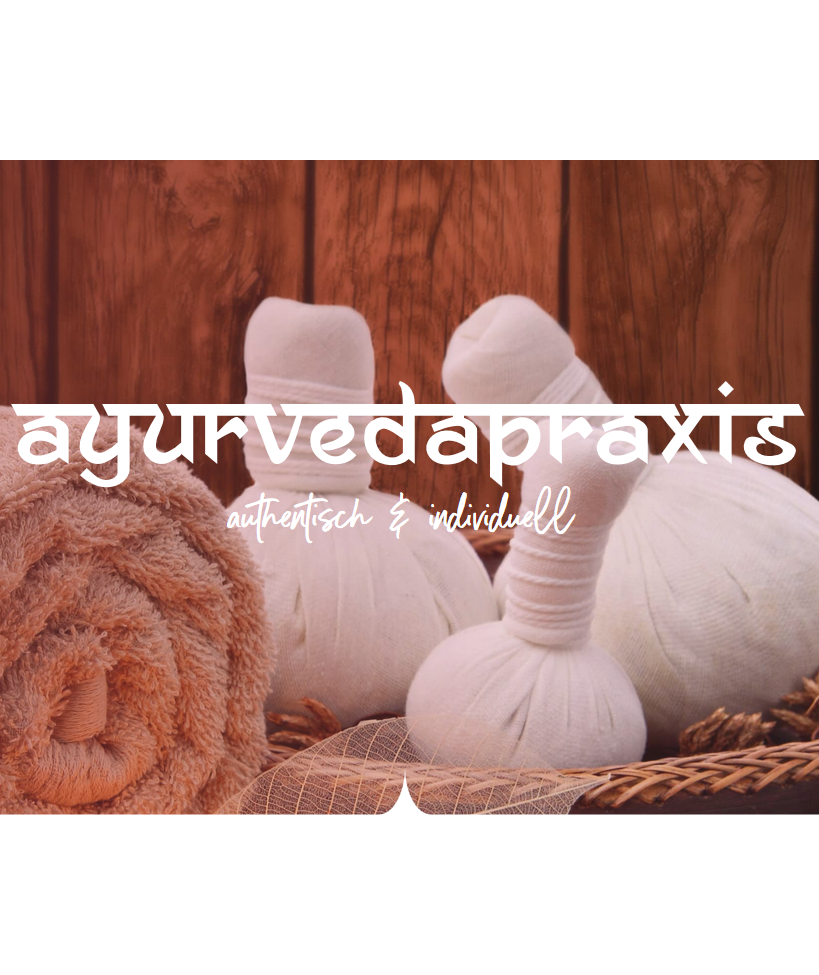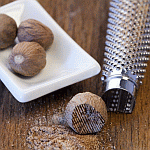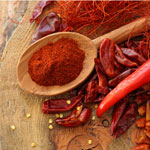Das „Handwerkszeug“ zur Aneignung von Wissen gemäß dem Ayurveda–eine Einführung
25.07.2007 | von Vilas Nanal Ayurveda bietet die Wissensgrundlage über das Leben an sich, in all seinen Facetten. Die Methode zur Aneignung dieses Wissens und seiner verschiedensten Aspekte wird durch die Nutzung verschiedenster „Handwerkszeuge“ ermöglicht. Im vorliegenden Artikel von Vaidya Vilas Nanal werden die vier Instrumente gemäß den vedischen Schriften beschrieben und erläutert.
Tools of knowledge acquisition
Vaidya Vilas Nanal, Ayurvidya Parangata, Pune
Aayurveda is a knowledgebase about Life in all its facets, from the point of conception to health to death either timely or otherwise. The purpose of human life according to Aayurveda is to achieve Dharma (according to Chakrapaan`i commentator of Charaka Dharma ([1] C. Su.1/15 Chakrapaan`i) is one which holds the individual through his life span, is highly individual, all such actions which will ensure sustained life process are Dharma), Artha (earning livelihood, wealth ethically), Kaama (gratification of various desires legitimately and in moderation) and finally Moksha (emancipation from suffering and bondage after a fulfilling life).
The method of acquiring this knowledge of life and its various aspects is by using various tools of knowledge acquisition. These are called a Pramana_s. According to various ancient indigenous knowledge systems their number varies.
The first and foremost tool of acquiring authentic knowledge is called as Aaptopades`ha ([2] C. Vi. 4/4) or S`habda (Word of a master Aapta ([3] C. Su. 11/18-19) or a treatise / Samhita). It is the word of a person who is an adept or master.
Aaptopades`ha is defined as saying or discourse of an Aapta.
One who possesses following
• One who is capable of differentiating between logical and illogical arguments,
• One who is endowed with good memory both short and long term,
• One who is rational devoid of affection (influence of Rajas), anger, ill will (influence of Tamas),
• One who has attained equanimity of mind, freedom from Rajas and Tamas by his effort, perseverance in pursuit of knowledge, penance,
• One who is appreciative of nature of time as a continuum not as past, present and future, due to this their thought process is not hindered by time constraint and statements made by them in this state mind hold good indefinitely, without they withstand the travails of time without doubt,
• One who possesses faultless knowledge of his subject / branch in proper perspective,
• One who is relentless in knowledge acquisition but in a righteous manner, without malice, envy,
A person so endowed when speaks devoid of Rajas and Tamas his Word should be accepted as valid tool of knowledge acquisition.
Second tool for acquiring valid knowledge is called Pratyaksha or direct perception through the five sense organs. This as the name suggests is acquired through the five sense organs.
Each sense organ is a representative of single Mahaabhoota in the internal environment. In the course of evolution of individual form the Mahaabhoota_s evolve from their absolute and subtle form called Tanmaatraa. Each of them has unique attribute to it viz.
Space is represented by sound and responds to auditory stimuli,
Air is represented by touch and responds to tactile stimuli,
Fire is represented by vision and responds to visual stimuli,
Water is represented by tastes and responds to gustatory stimuli and
Earth is represented by smell and responds to olfactory stimuli.
Each has a designated receptor distally, a higher center in the brain, specific response which is stored as memory for retrieval in the future and they are connected to various effect organs.
The information generated instantaneously, spontaneously as a complex interaction of the Aatman, Manas (mind), sense organ (the instrument to receive the desired stimulus) and the stimulus itself is called Pratyaksha ([4] C. Su. 11/20)/ direct perception. All the contemporary systems lay strong emphasis on this tool for acquiring knowledge. They go even to the extent of denying all other tools as unreliable. However Charaka describes several factors their presence obstructs direct perception ([5] C. Su. 11/8).
If the object is too small for the receptor,
If the object is too gross for the receptor,
If the object is veiled,
If the object too far for the receptor,
If the object is too near for the receptor,
If mind is preoccupied,
If the receptor is weak,
If the receptor is inhibited by other powerful stimulus
Hence any information generated after all these obstacles are overcome is called as direct perception. Since the perception depends on so many factors the seers rate it second to the infallible Word.
The third instrument is Anumaana / inference it is of three types, the cause and effect theory has its root in this instrument
One can infer the cause by observing / studying the effect e.g. watching pregnant woman successful coitus in the past is inferred,
One can infer the effect by observing / studying the cause e.g. impending rain could be inferred by observing the dark cumulus clouds, lightening,
One can infer the effect by understanding the interconnection / natural behavior of participants e.g. relationship of symptoms and causes, presence of fire with fumes.
It is important to have experience of direct perception beforehand to understand the relationship between cause and effect ([6] C. Su. 11/21).
The next instrument is Yukti which is an inference, drawn by utilizing the diverse data available which is not apparently connected to an untrained eye. The thread running in a garland holds all the individual flowers together to give appearance of continuity. Similarly various factors contributing to the situation (every disease process is a result of causative factors, prodromal signs, signs and symptoms, precipitators / palliators, complications etc.) the factor binding them together is the Sampraapti (process of disease manifestation) understanding of this process is YUKTI. A competent physician can understand the past, present and the future course of the disease faced with.([7] C. Su. 11/23-25) Ayurveda lays great emphasis on Yukti as understanding of the relationship of components of disease is important in assessment and arriving at a diagnosis, plans and execute the management. To make innovative use of available resources to help establish equilibrium is possible by employing Yukti.
This was a short introduction to methods of knowledge acquisition as per Aayurveda. This is topic which is continuing in nature with advancing experience their beauty and logic becomes apparent to the person.



.jpg)


.png)




